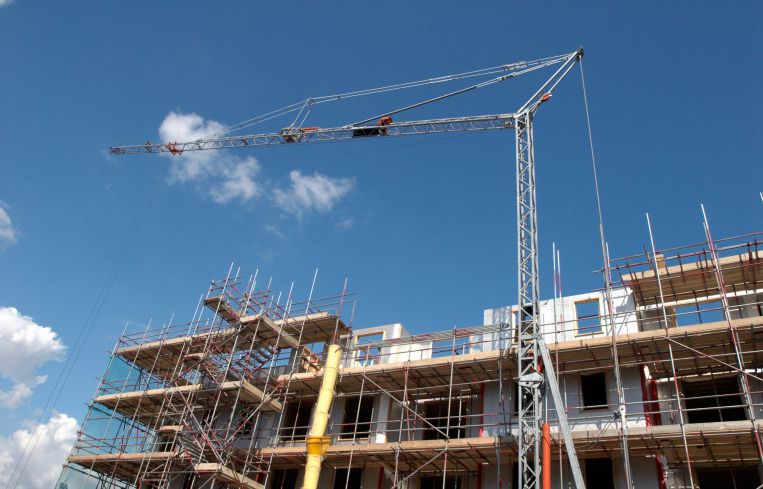Despite Pandemic Shutdowns, Construction Fatality Rate Increased in New York: Report
By Mark Hallum February 15, 2022 12:02 pm
reprints
The pandemic appears to have had little effect on the number of construction worker deaths, with the fatality rate in New York state increasing from 2019 to 2020, according to a new report.
A report from the New York Committee for Occupational Safety and Health (NYCOSH) found that while construction came to a standstill for some time in 2020, the state still saw 41 construction worker deaths in 2020.
While that was a drop from the 55 seen in 2019, the construction fatality rate increased from 10.2 per 100,000 workers in 2019 to 11.2 per 100,000 workers, or a 9 percent increase, according to NYCOSH. Construction worker deaths accounted for 24 percent of all worker deaths across the state, higher than the national scale average of 21 percent.
New York City saw 13 construction worker deaths in 2020, a 46 percent decrease from 24 in 2019, and the fatality rate dropped by 40 percent from 11.6 per 100,000 workers in 2019 to seven the following year, according to NYCOSH.
“The good news is that the New York City construction fatality rate did decrease for the first time after three years of consistent increases, but it still remains above the national average,” Charlene Obernauer, the executive director at NYCOSH, said. “We’re still trying to figure out what is behind the decrease, frankly. … But we want to see if there’s a trend in terms of ‘21 and ‘22 numbers.”
The report is compiled using data from Occupational Safety and Health Administration (OSHA) and the Bureau of Labor Statistics, and the numbers for 2021 are still not available, Obernauer said.
Obernauer attributes at least some of 2020’s fatalities to OSHA’s inability to conduct regular inspections due to COVID-19 and personal protective equipment (PPE) shortages early on in the health crisis.
“The agency wasn’t deploying their troops to go out and do on-site inspections, which of course anybody in any field can understand why you might not want to go on a jobsite that has made a report about, let’s say, not having access to PPE when there’s no PPE for you either as an OSHA staff member,” Obernauer said. “But at the same time, the same agency didn’t issue an infectious disease standard or an emergency temporary standard in all workplaces to also protect their workforce.”
The report also found that even if a contractor had an OSHA violation related to a job site death, the company could still receive government subsidies.
A spokesperson for the U.S. Department of Labor, who was handling communications on behalf of OSHA, acknowledged that there is a problem with these statistics that needs to be resolved.
“This report shows that while there has been progress, we have a lot of work to do, especially as the nation continues to address the challenges of the pandemic,” a DOL spokesperson said in a statement.
NYCOSH recommends that legislators in Albany work to strengthen the state’s Scaffold Safety Law, by passing Carlos’ Law, which will increase penalties against contractors with violations; add to the funding to the New York City Department of Buildings; and suspend or revoke licenses and construction permits for bad actors.
“This report makes clear that much more must be done to ensure that the safety of workers remains the No. 1 priority on all construction sites across New York,” Gary LaBarbera, president of the Building and Construction Trades Council of Greater New York, said in a statement. “The rate of construction fatalities in New York is unacceptable, and it’s critical that decision makers continue to advance measures that bring the operation of all construction sites in line with the safety standards and protocols required at union construction sites.”
Mark Hallum can be reached at mhallum@commercialobserver.com.



